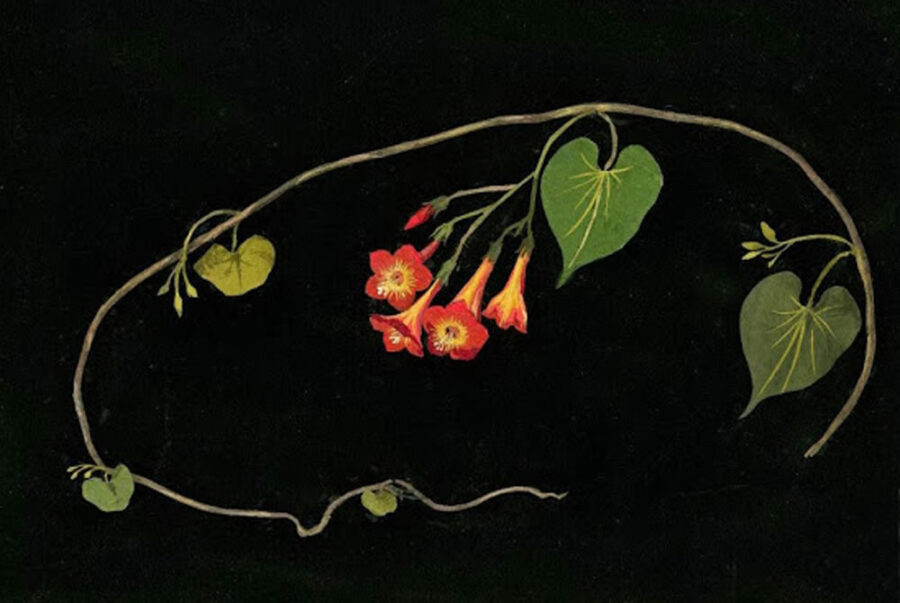
The writer and artist J.M. Orend has published in his most recent book an article about the different artists who achieved late success and how they did it.
From SIT Spain Art we think it is a very interesting topic to share with you and get to know together artists who are perhaps not so well known worldwide.
Here are the 5 late artists who changed the art world:
Grandma Moses
Anna Mary Robertson Moses, better known as “Grandma Moses”, was a painter of the rural, folk and naïve, her art untainted by any of the movements born during her 101 years of life.
She worked on a farm for most of her life and did not begin to paint until the late 1970s, when she retired from farming because her arthritis prevented her from continuing to work. She is also known for being an example of “never too late” by starting to paint at an advanced age.
Her work was discovered by collector Louis Caldor, who found one of her paintings in a supermarket, and from then on, the demand for her artwork never ceased.
Grandmother enjoyed more than twenty years of painting success and became a popular art sensation. She painted mainly picturesque scenes of rural American life, family scenes, genre scenes ideal for postage stamps, cards and postcards.
In the last year of his life he painted 25 pictures.
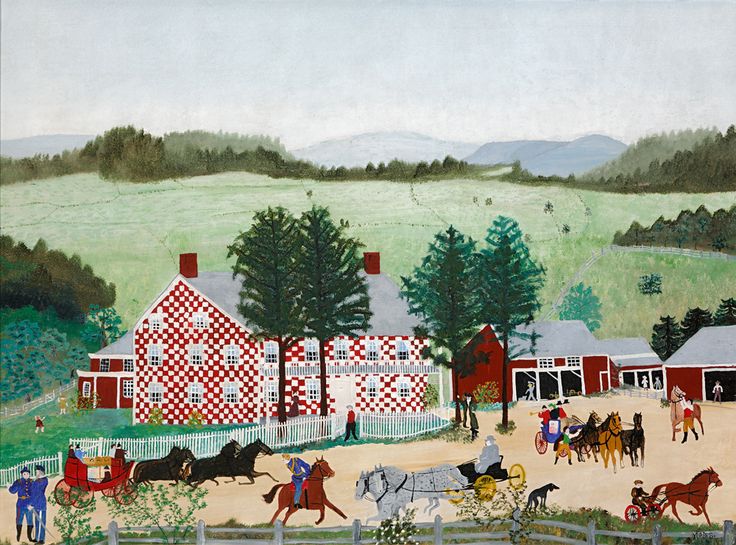
Paul Cézanne
During his lifetime he was an overlooked painter, extremely poor and very unsociable, which meant that he rarely exhibited his work and never trusted the art world, only having the admiration of a few of his more modern contemporary peers.
Although he painted throughout his life, by the age of 40 he was considered a failed painter, yet Paul continued to paint and his painting ability took off in his 50s and 60s.
He depicted the world as accurately as possible from a pictorial point of view, arranging everything structurally in simple forms and planes of colour.
He tried to achieve a harmonious communion between naturalism, personal expression and pictorial order.
Everything was geometry, everything he treated as objects: a human figure, apples on a table, landscapes; everything he worked on by freeing, diminishing and straightening spaces.
Today, Cézanne is considered one of the most important post-impressionist painters in the world.
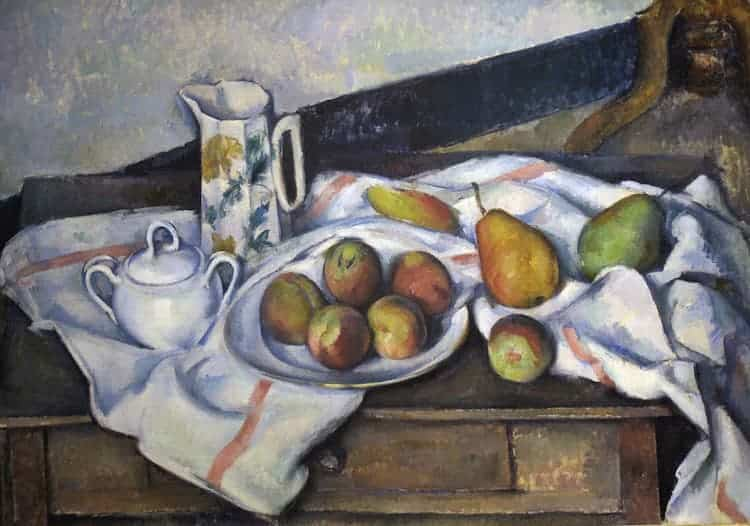
Bill Traylor
He is considered one of the most important American artists of the 20th century. He witnessed historical events: the Civil War, Emancipation, Reconstruction, the steady rise of African-American urban culture, etc.
At the age of 85, broke and homeless, he took the radical step of picking up a pencil and brush and began to draw and exhibit his work on the streets of Montgomery, Alabama. His paintings were visually striking and politically assertive.
He produced over 1,000 works during his lifetime that included simple but powerful distillations of stories and memories, as well as sober abstractions and vibrant colours.
Many of his works are still on display today after his death in 1949.
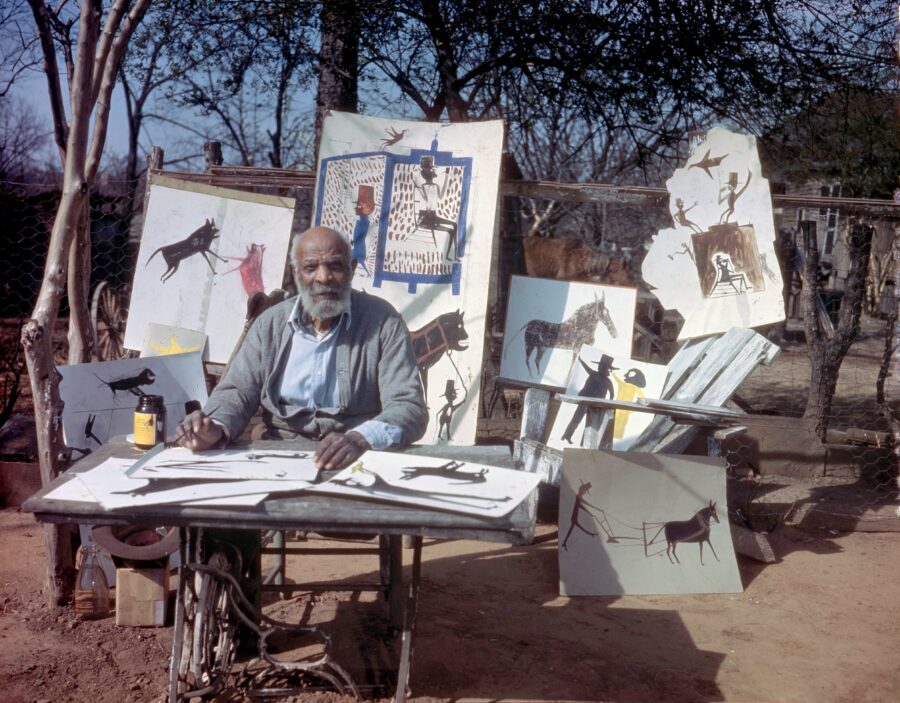
Noah Purifoy
He lived and worked most of his life in California, graduating in teaching and social work before entering the art world.
His first sculptural work was made from charred debris from the Watts rebellion in 1965.
For 20 years, Purifoy devoted himself to the found object and to using art as a tool for social change.
After 11 years of public policy work for the California Arts Council he moved his practice to the Mojave Desert, where he lived for the last 15 years of his life creating ten acres of large-scale sculptures on the desert floor, an otherworldly environment that is now one of California’s great art historical wonders.
His works have been exhibited in the United States and internationally, and are part of museum collections at institutions such as the Los Angeles County Museum of Art and the Whitey Museum of American Art.
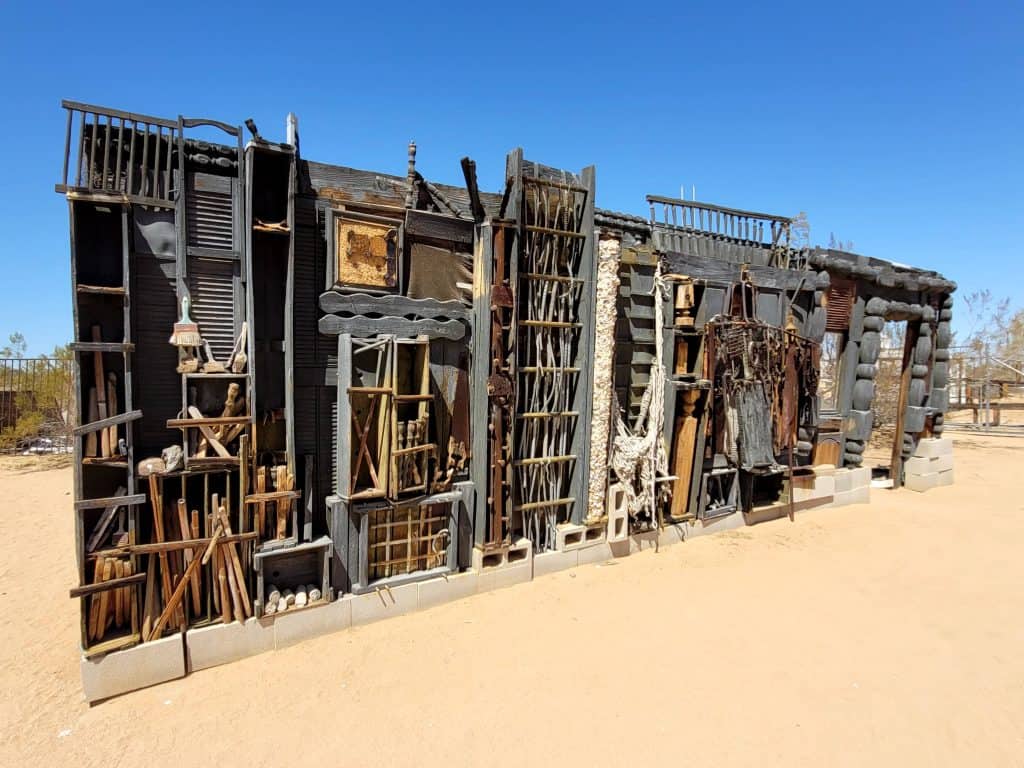
Mary Delany
Twice widowed and after the death of her second husband, at the age of 68, she turned to making intricate paper cut-outs of plants and flowers to cope with the loss.
She created more than 1,700 works of art with her cut-outs and worked until she was 88.
She was also a gardener, and did needlework, drawing and painting, but was best known for her paper collages or mosaics. Her works were detailed, botanically accurate depictions of plants, using tissue paper and hand colouring. She created these works, calling them “Paper Mosaiks”, from the age of 71 to 88, when her eyesight failed her.
